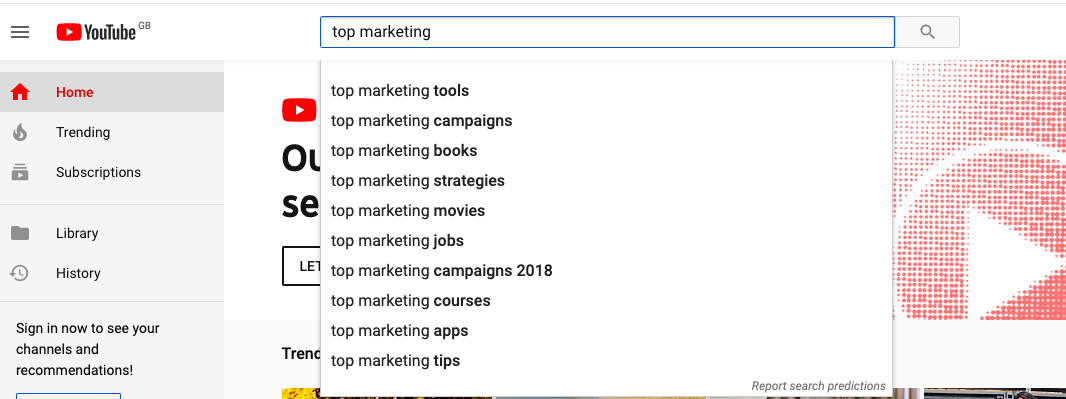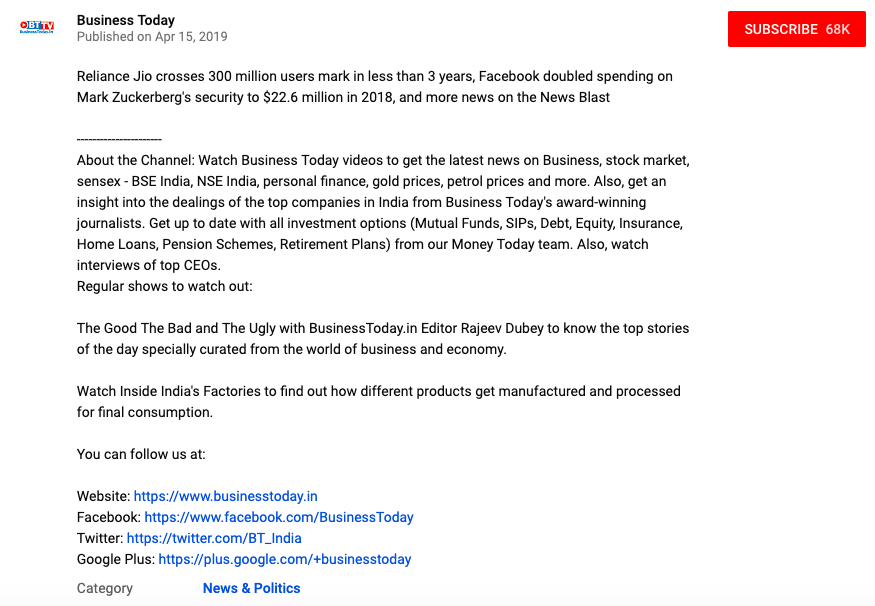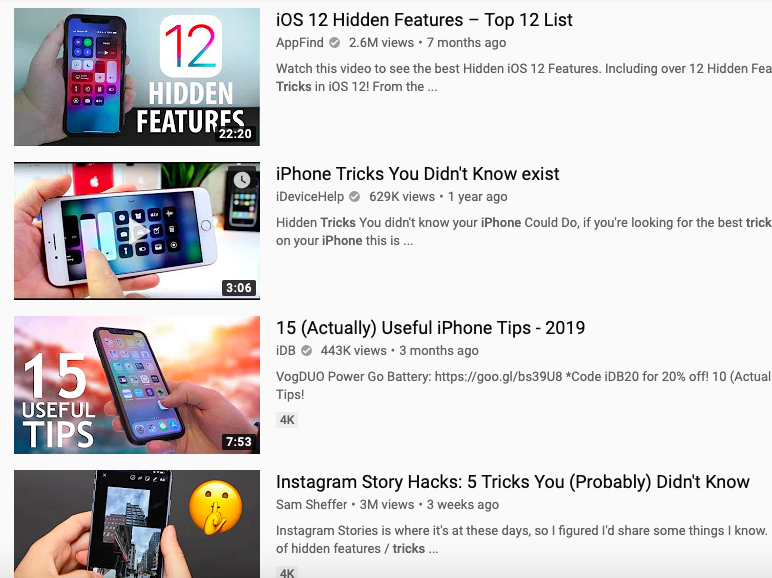Top advanced YouTube SEO tips to boost your video performance
YouTube is not just a social media platform. It’s a powerful search engine for video content. Here’s how to make the most of its SEO potential.
YouTube is not just a social media platform. It’s a powerful search engine for video content. Here’s how to make the most of its SEO potential.
YouTube is not just a social media platform. It’s a powerful search engine for video content. Here’s how to make the most of its SEO potential.
There are more than 1.9 billion users who use YouTube every month. People are spending over a billion hours watching videos every day on YouTube. This means that there is a big opportunity for brands, publishers and video creators to expand their reach.
Search optimization is not just for your site’s content. YouTube can have its own best practices around SEO and it’s good to keep up with the most important ones that can improve your ranking.
How can you improve your SEO on YouTube? We’ve organized our advanced YouTube SEO tactics into three key areas:
It’s not enough to create the right content if you don’t get new viewers to actually watch it. Keywords can actually help you understand how to link your video with the best words to describe it.
They can make it easier for viewers to discover your content and they also help search engines match the content with the search queries and their relevance.
A video keyword research can help you discover new content opportunities while you can also improve your SEO.
A quick way to find popular keywords for the content you have in mind is to start searching on YouTube’s search bar. The auto-complete feature will highlight the most popular keywords around your topic. You can also perform a similar search in Google to come up with more suggestions for the best keywords.

If you’re serious about keyword research and need to find new ideas, you can use additional online tools that will provide with a list of keywords to consider.
When it comes to picking the best keywords, you don’t need to aim for the most obvious choice. You can start with the keywords that are low in competition and aim to rank for them.
Moreover, it’s good to keep in mind that YouTube is transcribing all your videos. If you want to establish your focus keywords you can include them in your actual video by mentioning throughout your talking. This way you’re helping YouTube understand the contextual relevance of your content along with your keywords.
Recap
There are many ways to improve the optimization of your content and here are some key tips to keep in mind:
1. Description

Your description should facilitate the search for relevant content. A long description helps you provide additional context to your video. It can also serve as an introduction to what you’re going to talk about. As with blog posts, a longer description can grant you the space to expand your thoughts. Start treating your videos as the starting point and add further details about them in the description. If your viewers are genuinely interested in your videos then they will actually search for additional details in your description.
2. Timestamp

More videos are adding timestamps in their description. This is a great way to improve user experience and engagement. You are helping your viewers to find exactly what they are looking for, which increases the chances of keeping them coming back.
3. Title and keywords
Keywords are now clickable in titles. This means that you are increasing the chances of boosting your SEO by being more creative with your titles. Be careful not to create content just for search engines though, always start by creating content that your viewers would enjoy.
4. Location
If you want to tap into local SEO then it’s a good idea to include your location in your video’s copy. If you want to create videos that are targeting local viewers then it’s a great starting point for your SEO strategy.
5. Video transcripts
Video transcripts make your videos more accessible. They also make it easier for search engines to understand what the video is about. Think of the transcript as the process that makes the crawling of your content easier. There are many online options to create your video transcripts so it shouldn’t be a complicated process to add them to your videos.
Engagement keeps gaining ground when it comes to YouTube SEO. It’s not enough to count the number of views if your viewers are not engaging with your content. User behavior helps search engines understand whether your content is useful or interesting for your viewers to rank it accordingly.
Thus, it’s important to pay attention to these metrics:
A good tip to understand YouTube SEO is to learn from the best by looking at the current most popular videos. You can also search for topics that are relevant to your channel to spot how your competitors are optimizing their titles, their keywords, and how thumbnails and descriptions can make it easier to click on one video over another.

Have any queries or tips to add to these? Share them in the comments.